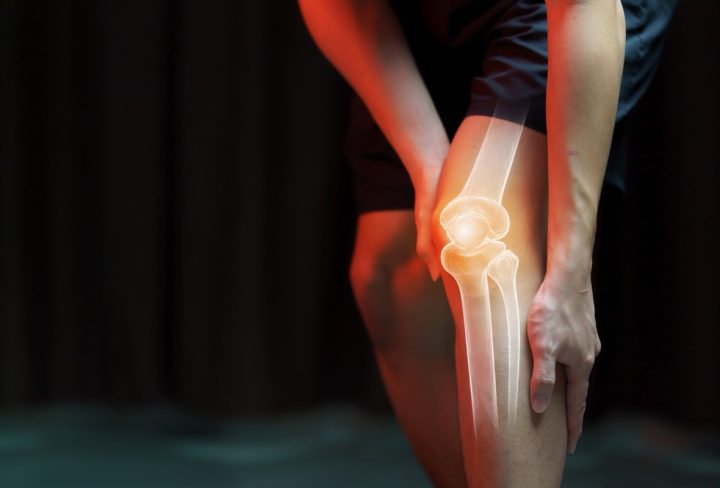If you are considering knee replacement surgery, you may have heard about robotic knee replacement as an advanced option. But how does it differ from a traditional knee replacement?
Traditional Knee Replacement
Traditional knee replacement, also known as conventional or manual knee replacement, has been the gold standard for many years. In this procedure, the surgeon uses manual techniques and instruments to remove the damaged portions of the knee joint and replace them with prosthetic components. It involves the following steps:
Preoperative Planning: The surgeon examines the patient’s X-rays and medical history to determine the best implant size and placement.
Manual Execution: During the surgery, the surgeon relies on their experience and skill to make precise cuts, shape the bone surfaces, and place the implants accurately.
Postoperative Rehabilitation: Patients undergo a structured rehabilitation program to regain strength, flexibility, and function in the knee joint.
Robotic Knee Replacement
Robotic knee replacement is a newer, advanced approach that combines the expertise of the surgeon with robotic technology for enhanced precision. The procedure involves the following steps:
Preoperative Planning: Using advanced imaging and computer software, the surgeon creates a 3D model of the patient’s knee, allowing for precise preoperative planning.
Robotic Assistance: During the surgery, the surgeon uses a robotic arm to guide and assist in bone preparation, implant positioning, and alignment. The robotic system provides real-time feedback, ensuring optimal implant placement.
Surgical Precision: The robotic arm helps the surgeon make accurate cuts, tailor the procedure to the patient’s anatomy, and optimize joint mechanics.
Choosing the Right Option
The choice between traditional and robot-assisted knee replacement depends on various factors, including the patient’s condition, surgeon’s expertise, and personal preferences. Here are some considerations:
Precision: Robotic knee replacement offers enhanced precision, potentially leading to better alignment and implant longevity.
Complexity: Robot-assisted surgery may be preferred for complex cases, such as severe deformities or previous failed surgeries.
Surgeon Experience: The surgeon’s expertise and familiarity with robotic technology plays a significant role in the success of the procedure.
Personalized Approach: Robotic knee replacement allows for a personalized surgical plan based on the patient’s unique anatomy.
Both traditional and robot-assisted knee replacement surgeries offer effective options for treating knee pain. While traditional knee replacement has a long track record of success, robotic knee replacement provides enhanced precision and a personalized approach.
Ultimately, the goal is to relieve pain, improve joint function, and restore your quality of life.


